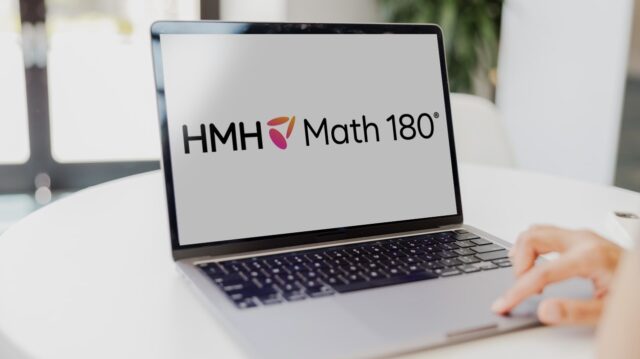
You’ve got 30 kids in your class. How can you possibly give them the one-on-one attention they need to catch up or pull ahead? It may not be easy, but the effort is worth it, as there is ample evidence that one-to-one tutoring is among the most effective academic interventions.
Read on for one-on-one teaching strategies that you can use today, along with the many benefits they’ll deliver to your students. (You might also consider trying out these research-backed accelerated learning strategies for students who have fallen behind or need an extra challenge.)
Incorporate One-to-One Instruction
Make time in your packed schedule for teaching students one-on-one. Give one (or all!) of these techniques a try.
Establish Rules
You need time to work with individual students. That means you’ll need students to work on their own or in groups without distracting you. But no matter how straightforward the assignment, students will have questions. A good rule of thumb: “Ask Three, Then Me.” Students can quietly ask up to three classmates a question they have about the assignment before turning to the teacher for help.
Set a Time Limit
Establish a certain amount of time to work with students individually, say from 11 a.m. to noon. This way, the rest of the class knows how long they’ll be expected to work on their own. They should also know what to do if they finish early. Brainstorm ideas—read a book, write a poem, think up an invention, illustrate a math problem, start homework. Display the activities for early finishers where the entire class can see them.
Make Use of Tech
AI can assess students’ abilities, identify their challenges, assign practice, or even reteach a concept. Check out HMH’s AI-driven programs, including Amira (K–5 reading tutor), Waggle (K–8 supplemental Math and ELA), and Writable (3–12). You may also assign video tutorials, like those created by Khan Academy, for students who struggle with skills like two-digit multiplication or division of decimals. Students who need reading practice can follow along with recordings of their favorite books.
Enlist Help
Ask colleagues, including special education and ELL teachers, for tips on how to help struggling students. Set up a peer-to-peer tutoring program where older students can help younger ones with math, reading, writing, and other subjects, or advocate to have your school institute a program like AmeriCorps that provides trained tutors. And let caregivers know how they can help their child. Provide activities they can work into dinnertime conversation or while watching a favorite TV show or sport.
Discover One-on-One Teaching Benefits
Addressing individual learning needs delivers advantages for students and teachers. Students receive tutoring in a skill or concept they had trouble grasping during small-group or whole-group instruction. Teachers build stronger relationships with students while giving them the personalized help they need. Plus, one-on-one learning:
- Allows students time to process away from the class. Students can take their time, and ask questions without being interrupted by classmates.
- Provides a safe learning space for students. One-on-one instruction takes the pressure off students who may feel embarrassed when they don't grasp a concept, especially if it seems the rest of the class is getting it
- Creates an opportunity for meaningful connection. Teachers have more personal time to get to know students’ strengths and struggles. Students see that their teacher is invested in their learning.
- Motivates students to work harder. Students may be inspired to put in extra effort if their teacher cares enough about them to give them this extra one-on-one time.
Share One-on-One Teaching Strategies
Have you found ways to incorporate one-to-one instruction into your daily class schedule? Discovered any EdTech that has worked wonders with individualizing instruction? Or maybe you've tried techniques that turned out to be a big flop? Share your successes and struggles with us. Reach out to us on Twitter (@HMHCo) or email us at Shaped@hmhco.com.
***
Check out the AI-powered Amira Learning, an intelligent reading tutor for K–5 students that can also screen an entire group for dyslexia in less than 10 minutes. You can get a free demo here.












